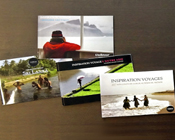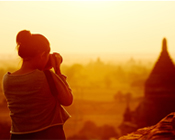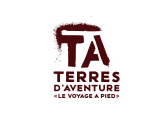Geography
The Arctic is the region around the Earth's North Pole, and includes the Arctic Ocean, the northern regions of Norway, Iceland, Sweden, Finland, archipelagos of Canada, Greenland (territory of Denmark), the northern coasts and islands of the Russian territory and the Alaska (USA). The Arctic region can be characterized as the area north of the Arctic Circle, beyond 66° 33'N which is the rough limit of the midnight sun and the polar night. The midnight sun is a climatic phenomenon that occurs during summer and during which there is neither sunset nor night time for a certain amount of days. The observable fact increases the farther pole bound one goes. A polar night is the opposite phenomenon during winter, with no daylight for continuous periods of 24 hours. The Arctic is more characterized by a proper climate than a specific landmass, contrary to the Antarctic which is an actual continent. The Arctic region is spread over a vast, ice-coated ocean surrounded by sterile permafrost. In recent years the size of the sea ice has declined. Life in the Arctic includes organisms living in the ice, such as, plankton, plants, fish and marine mammals, birds, land animals, and human societies. Given the extreme living conditions, the Arctic indigenous peoples have adapted to a sustainable lifestyle.

 1 (866) 722-0909
1 (866) 722-0909
 QUOTE REQUEST
QUOTE REQUEST 





































